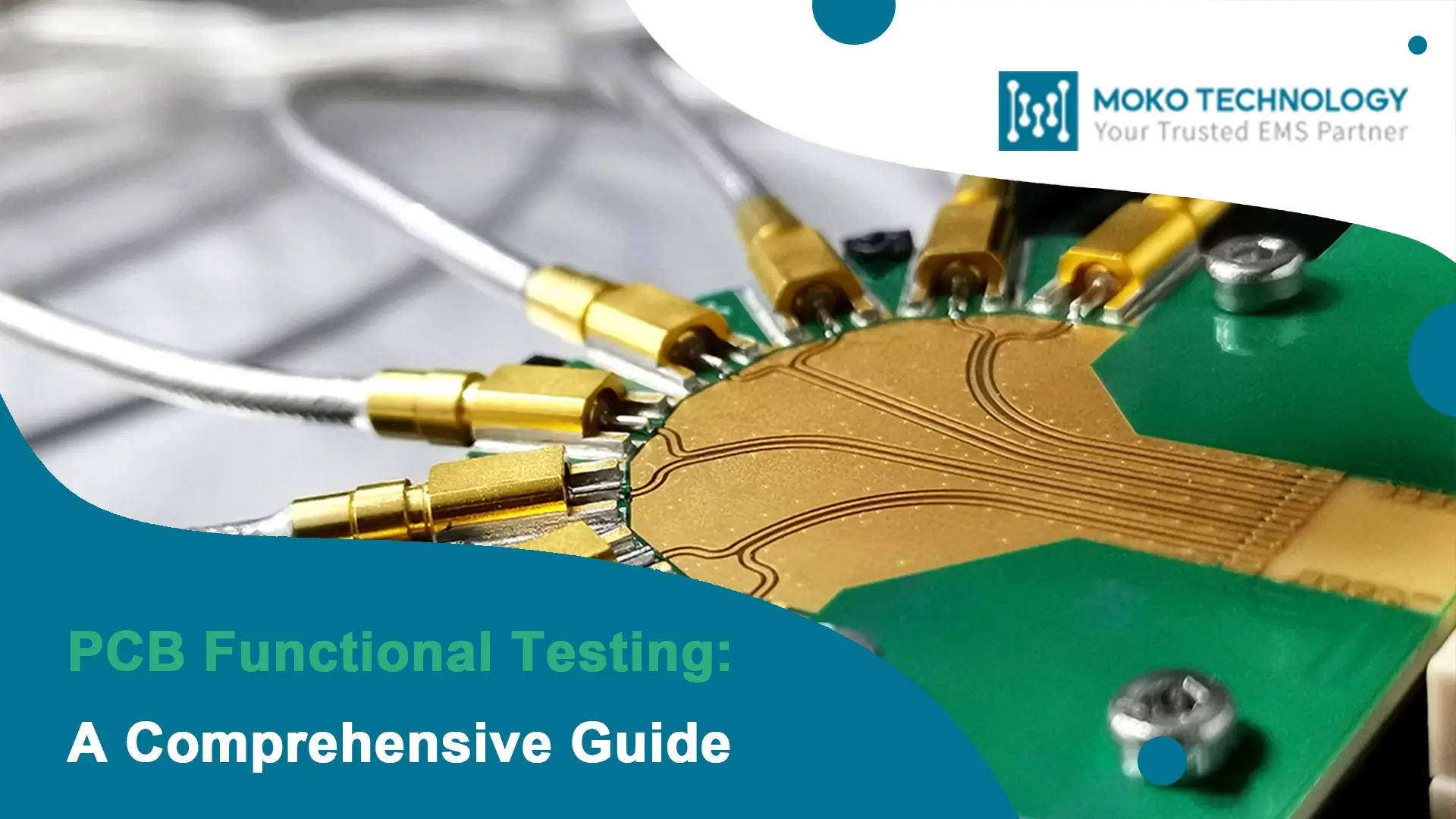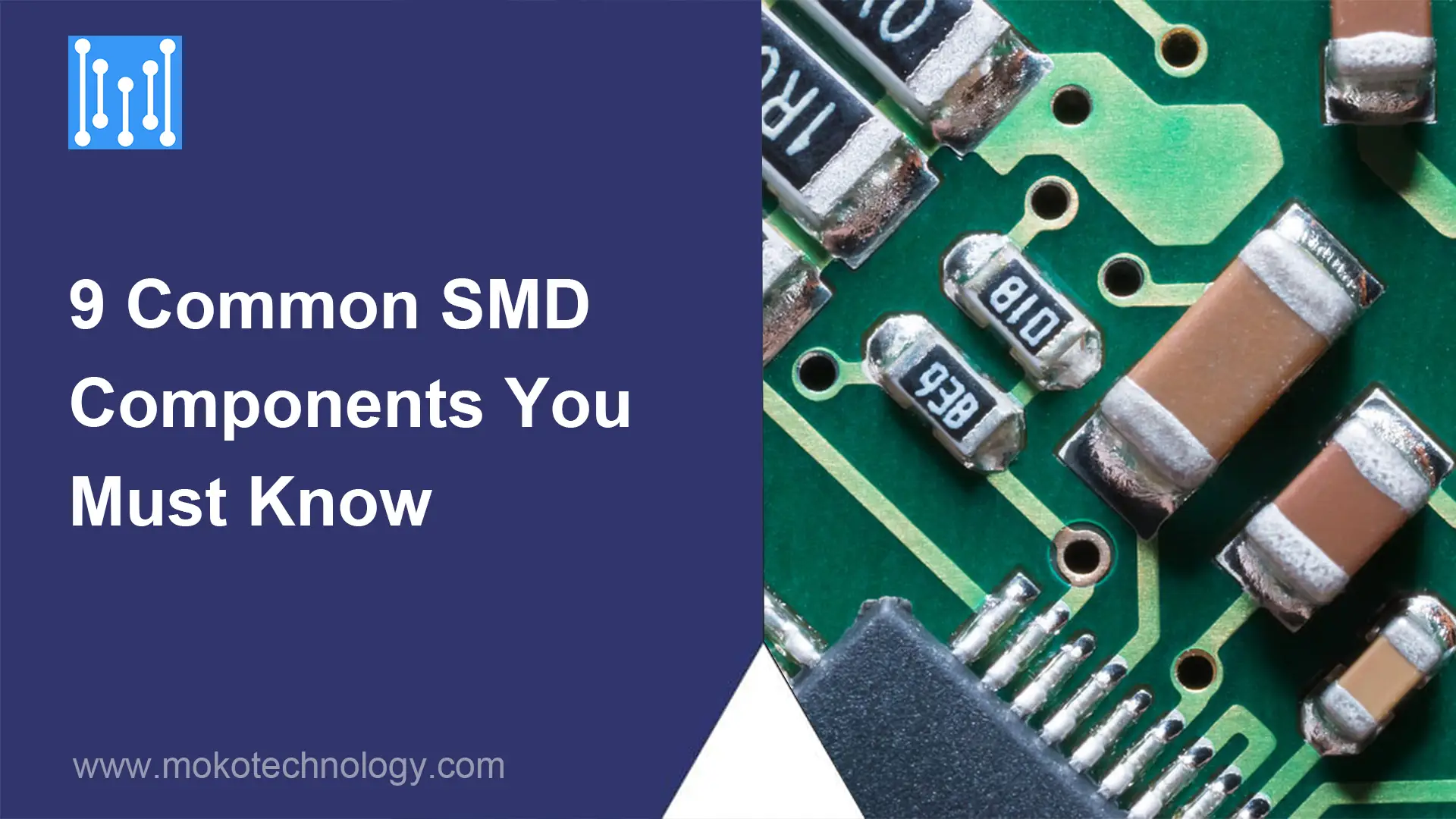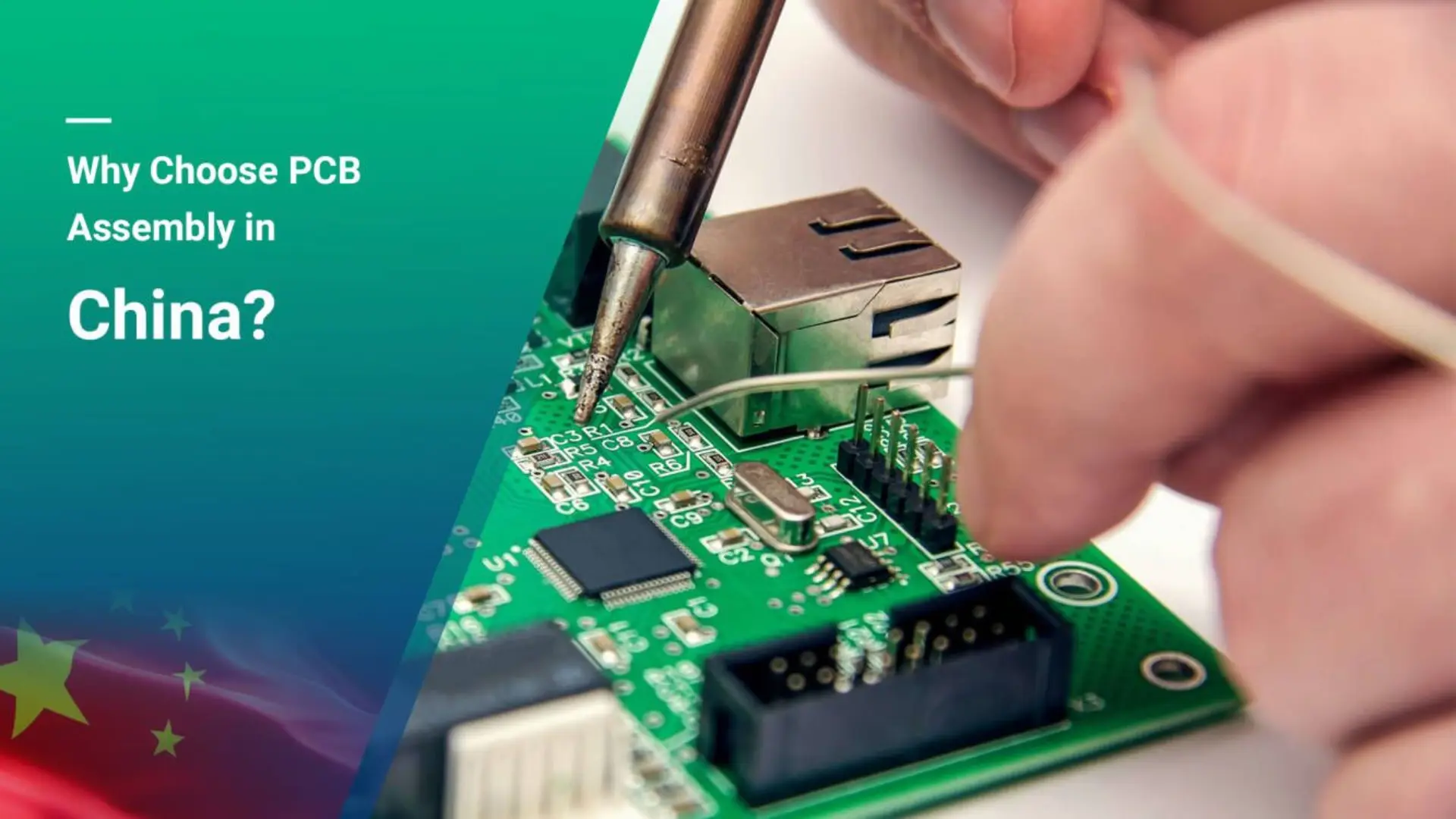Putting in those pads the first time round is called DFM (Design For Manufacture). And it sounds like they’re giving you a good price on the bed of nails.
Either get this flow working (it’s perfectly normal) or ask your next fab house if they have a flying probe tester in house.
One way to economize is to use the bed of nails ONLY for nets that don’t already have connectors attached and to break out test cables from those connectors to their ATE.
I do this for my own projects for small runs, where I don’t mind adding the time spent plugging/unplugging connectors to the test time. It can save money on the fixture. but it’s a pain and makes the test more expensive. You can ask them if this is an option, but I wouldn’t be surprised if they refuse.
Yes, there are other test options: as well as the flying probe, there are 2-sided versions of the bed of nails which saves the need to bring all nodes out to the test side … but you don’t want to know the price!
#PCB Assembly #PCB Testing



